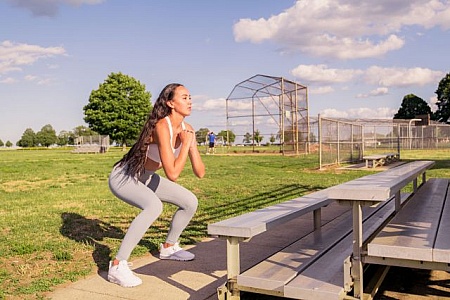The foundation of elite athletic performance is often laid in childhood. Youth sports development is not just about creating future Olympians—it’s about instilling values, physical literacy, and lifelong engagement in healthy activity. However, this critical stage is frequently mishandled due to overtraining, early specialization, and misplaced priorities.
The True Purpose of Youth Sports
At its core, youth sports should focus on:
-
Skill acquisition
-
Enjoyment and motivation
-
Social and emotional development
-
Healthy competition and teamwork
When these elements are prioritized, young athletes are more likely to stay engaged, avoid burnout, and reach their full potential.
The Dangers of Early Specialization
Many parents and coaches push young athletes to specialize in a single sport at an early age. While this may seem like a path to mastery, research shows early specialization can lead to:
-
Overuse injuries (e.g., Little League elbow, jumper’s knee)
-
Burnout and dropout
-
Limited motor skill development
A multisport background—playing different sports across seasons—improves coordination, reduces injury risk, and fosters broader athleticism.
Key Stages of Youth Development
-
Fundamental Stage (Ages 6–9)
Focus: Basic movement skills—running, jumping, throwing, balancing.
Activities should be fun, varied, and non-competitive. -
Learn to Train Stage (Ages 9–12)
Focus: Sport-specific skills and cognitive understanding of tactics.
Start structured training, but maintain diversity. -
Train to Train Stage (Ages 12–16)
Focus: Technical refinement, endurance, strength development.
Introduce more competition but monitor growth spurts and injuries. -
Train to Compete Stage (Ages 16+)
Focus: Position-specific training, mental toughness, peak performance.
This stage resembles elite-level training but should still prioritize well-being and education.
The Role of Coaches and Parents
-
Coaches should be certified, educated in youth psychology, and focused on positive reinforcement.
-
Parents must emphasize effort over results, avoid pressuring their children, and support balance between sports, academics, and rest.
Integrating Long-Term Athletic Development (LTAD)
Many countries now adopt the LTAD model, which offers a framework to nurture athletes over time. It emphasizes:
-
Age-appropriate training
-
Physical literacy before performance metrics
-
Lifelong engagement over short-term wins
Case Studies
-
Canada’s Hockey LTAD model delayed competition until age 13, resulting in better retention and higher performance in older age groups.
-
Norway, consistently a top Olympic performer per capita, focuses on fun, equality, and participation until adolescence—with no national rankings under age 12.
Final Thoughts
Youth sports development isn’t a sprint—it’s a marathon. Success comes from laying a strong physical, mental, and emotional foundation early on. With the right balance of challenge and support, young athletes can develop a lifelong love for sport and the tools to excel—on and off the field.




















